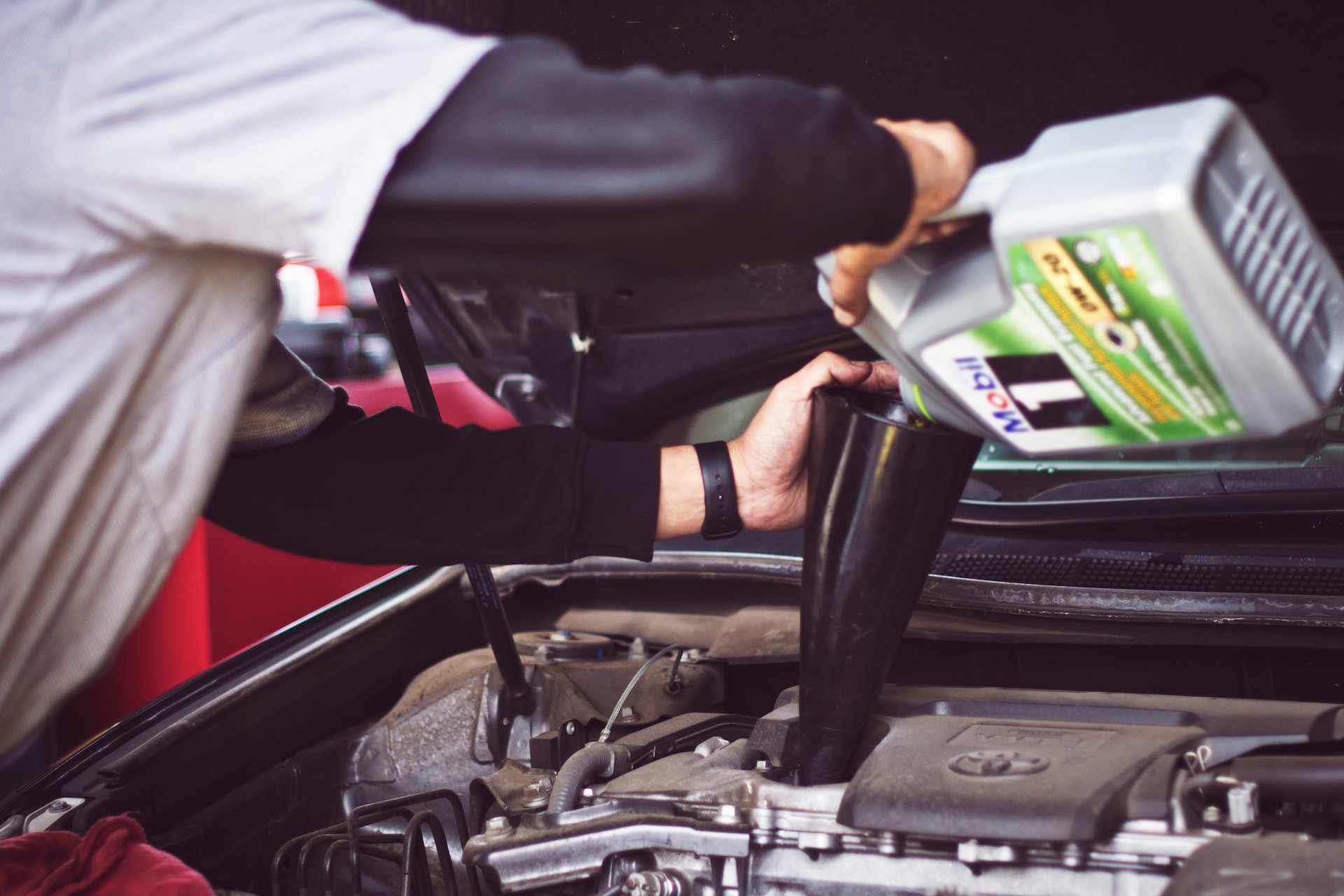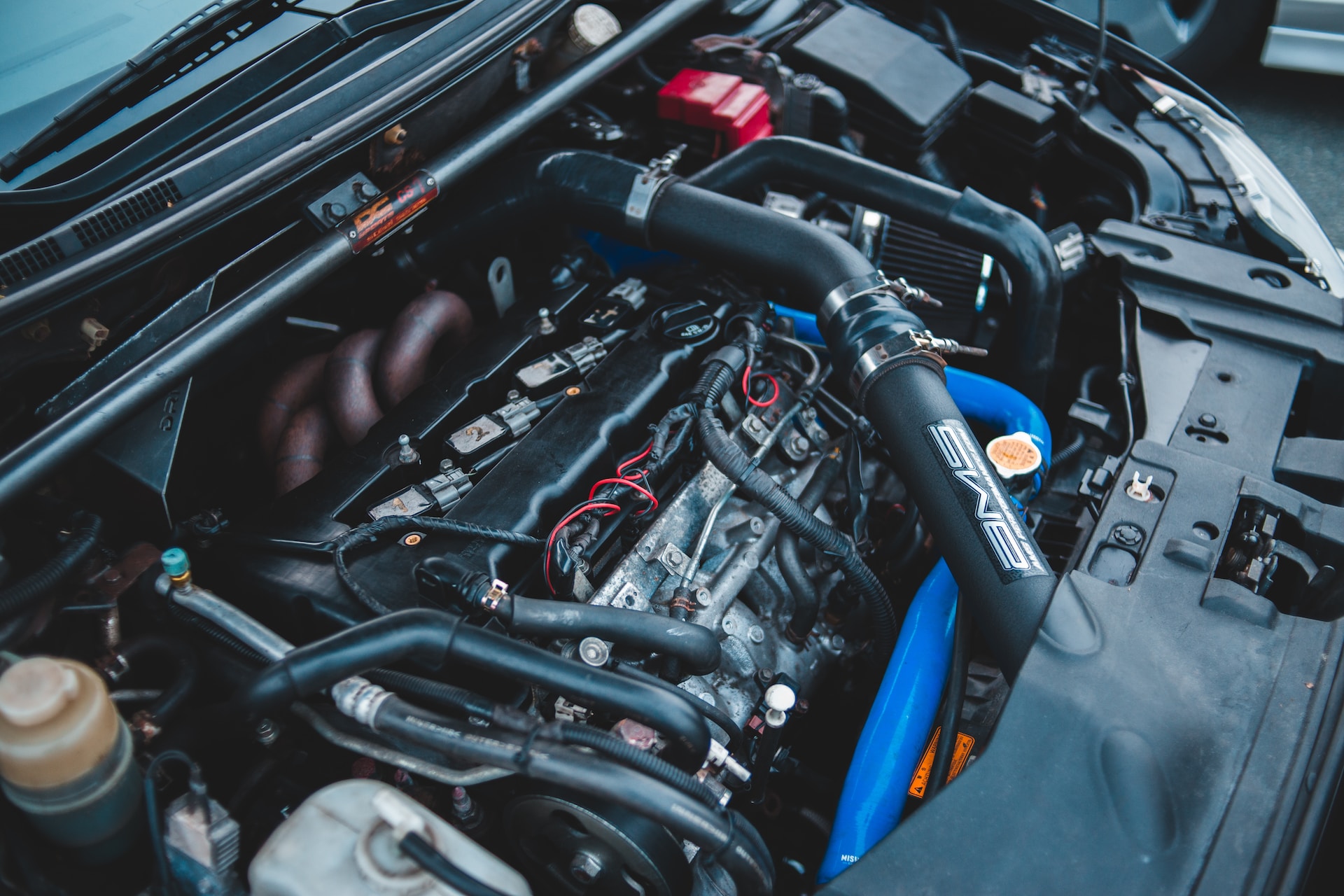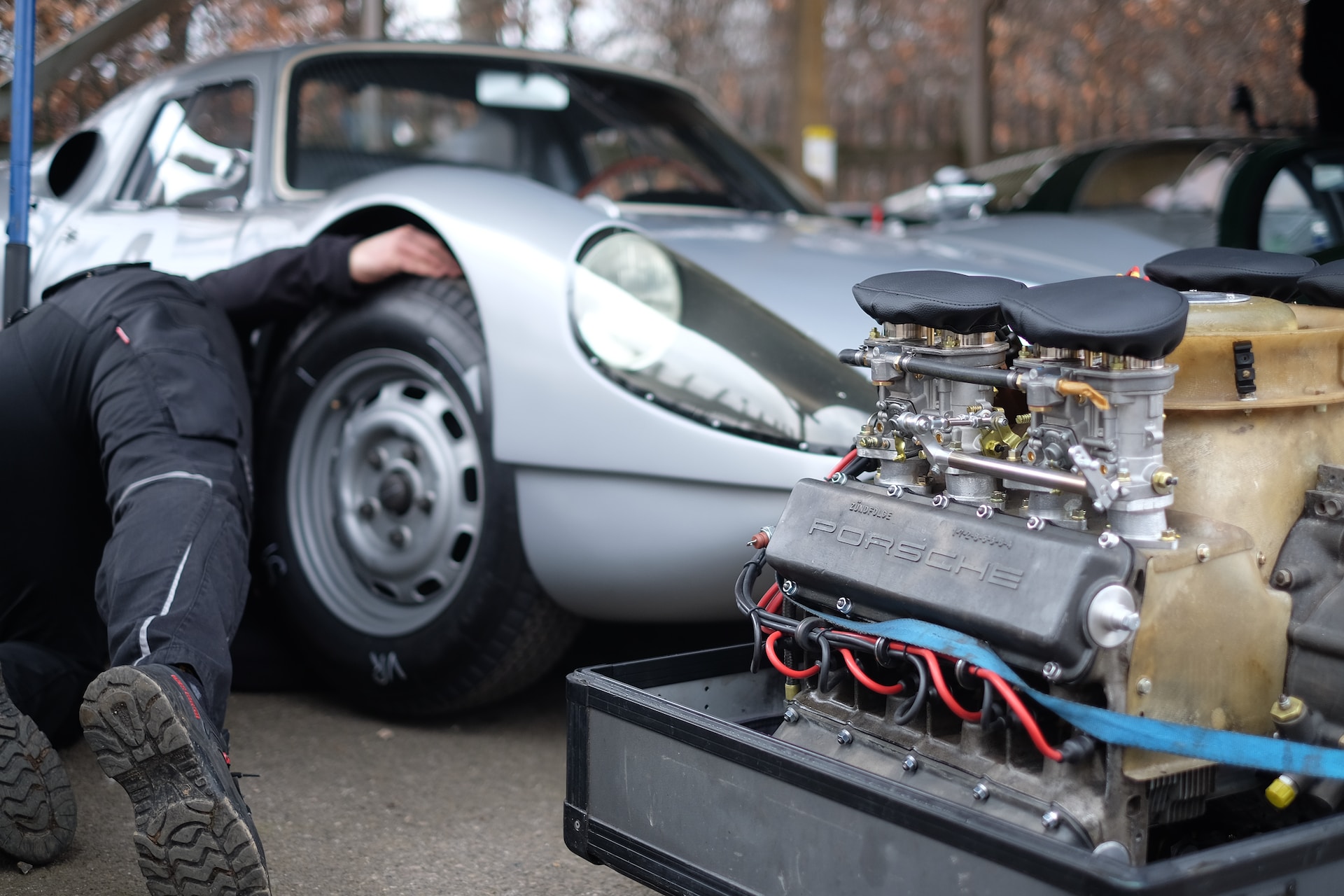Car Blowing White Smoke From Exhaust – How To Fix It?
Imagine this scenario: You start your car, and instead of the usual clear exhaust, your car gives out billows of white smoke. It’s a disturbing sight, and rightfully so. White smoke from the exhaust can be indicative of underlying issues with your vehicle. This article will examine the causes of the white smoke coming from your automobile and offer helpful solutions.
Understanding White Smoke from Exhaust
Why is your car blowing white smoke from the exhaust? This phenomenon usually points towards one of three culprits: coolant leakage, burning transmission fluid, or engine oil entering the combustion chamber.
Coolant Leakage:
One of the most common reasons for white smoke is coolant leakage into the combustion chamber. This might be the result of an intake manifold gasket that is damaged, a burst head gasket, or a cracked cylinder head.
Burning Transmission Fluid:
Further, if your car has an automatic transmission, white smoke might indicate burning transmission fluid. A leaking transmission cooler or a faulty vacuum modulator can lead to transmission fluid entering the combustion chamber, resulting in white smoke.
Engine Oil Entry:
Engine oil getting into the combustion chamber is another possible reason. A broken cylinder wall, worn-out piston rings, or a malfunctioning valve seal might be the cause of this. When oil combusts, it produces white smoke.
Fixing the White Smoke Issue
Now that you’ve identified the source of the problem let’s explore how to fix it.
Coolant Leakage:
If the problem is a head gasket blowout or a crack in the cylinder head, you need to act quickly. Head gaskets need to be replaced, and cylinder head cracks may require professional welding or replacement. Ensure the cooling system is properly flushed before refilling with fresh coolant.
Burning Transmission Fluid:
Additionally, if transmission fluid is the culprit, start by fixing the leaks. Replace damaged hoses, gaskets, or the vacuum modulator if necessary. You might also need a transmission fluid flush to eliminate any contaminated fluid. Ensure the transmission cooler is functioning correctly.
Engine Oil Entry:
Besides, addressing engine oil entry involves more extensive repairs. If piston rings are worn, an engine overhaul may be necessary. Damaged cylinder walls or faulty valve seals also require professional attention. Regular oil changes with high-quality oil can prevent such issues in the future.
Professional Assistance
Although avid DIYers can tackle some fixes, certain issues may require professional expertise. If in doubt, seek assistance from a certified mechanic.
Diagnostic Tools:
Mechanics have access to sophisticated diagnostic equipment that can precisely identify problems. This can save time and prevent unnecessary part replacements.
Expertise:
Further, professional mechanics bring years of experience to the table. They are able to offer efficient answers and swift assessments of the problem’s severity.
Warranty Consideration:
In addition, getting expert assistance guarantees that repairs are made within the parameters of your warranty if your car is still under warranty, which will ultimately save you money.
The Importance of Timely Action
Delaying action when you notice white smoke can exacerbate the problem and potentially lead to more severe damage. Failing to address the problem might lead to more damage to the engine or transmission, requiring expensive repairs. It’s important to take quick action to avoid more issues and to preserve the longevity of your car.
Environmental Impact
Apart from the impact on your vehicle’s health, white smoke emissions can contribute to environmental pollution. Coolant, transmission fluid, and engine oil are harmful to the environment, and their combustion can release pollutants into the air. By promptly fixing white smoke issues, you not only protect your car but also contribute to a cleaner and healthier environment.
DIY Tips for Enthusiasts – White Smoke Repair Tips
For those enthusiasts who enjoy hands-on maintenance, here are a few additional DIY tips:
Compression Test:
Perform a compression test on your engine cylinders. Low compression levels can indicate issues with piston rings or cylinder walls, contributing to white smoke. One useful diagnostic technique for identifying internal engine issues is a compression test.
Inspect Exhaust System:
Moreover, examine the entire exhaust system for leaks or damage. Holes or cracks in the exhaust pipes or muffler can allow coolant or oil to enter the exhaust stream, leading to white smoke. Seal any leaks with appropriate exhaust patching materials.
Check Spark Plugs:
White smoke can also be caused by incomplete combustion, which dirty or faulty spark plugs can cause. Take off the spark plugs and look for evidence of deposits, wear, or oil contamination. Furthermore, replace them if necessary, ensuring the engine runs efficiently.
After the white smoke troubleshooting, it’s essential to monitor your vehicle’s performance closely. Keep an eye on coolant levels, transmission fluid condition, and engine oil quality. Periodic checks will help ensure that the problem has been completely resolved and that your car is back to its optimal operating condition.
Also read: Review On SBT Japan Used Cars
Final Thoughts
After the white smoke troubleshooting, it’s essential to monitor your vehicle’s performance closely. Keep an eye on coolant levels, transmission fluid condition, and engine oil quality. Periodic checks will help ensure that the problem has been completely resolved and that your car is back to its optimal operating condition.
In the world of automotive maintenance, addressing white smoke from the exhaust is a crucial aspect that should not be overlooked. Whether you are a seasoned DIYer or prefer the expertise of a professional mechanic, taking the right steps promptly can save you from extensive repairs and keep your vehicle running smoothly.
Regular maintenance, proactive monitoring, and a swift response to any signs of trouble are the keys to a reliable and efficient vehicle. By understanding the causes of white smoke, following the appropriate troubleshooting steps, and adopting preventive measures, you can enjoy a worry-free driving experience.
Remember, your car is a complex machine with interconnected systems, and each component plays a vital role in its overall performance. By staying vigilant and addressing issues as they arise, you contribute not only to the longevity of your vehicle but also to a safer and cleaner driving environment. So, the next time you see white smoke billowing from your exhaust, approach it with a systematic and informed mindset, and you’ll be back on the road with confidence in no time.




